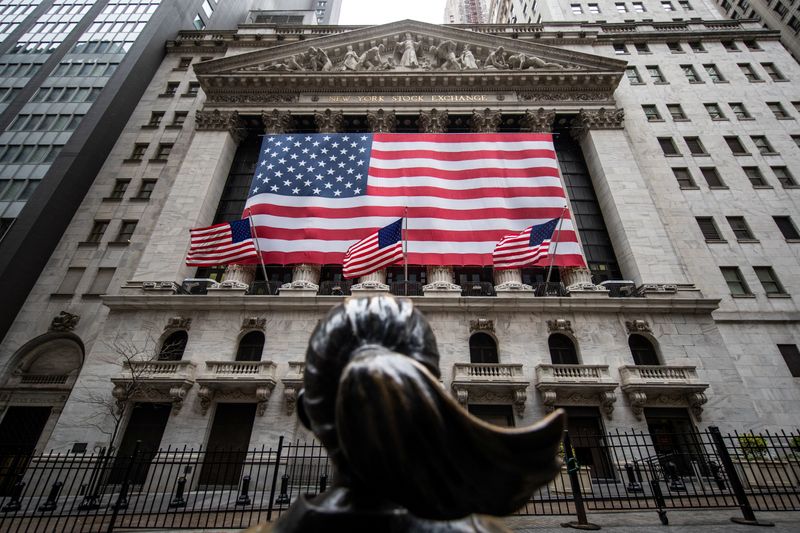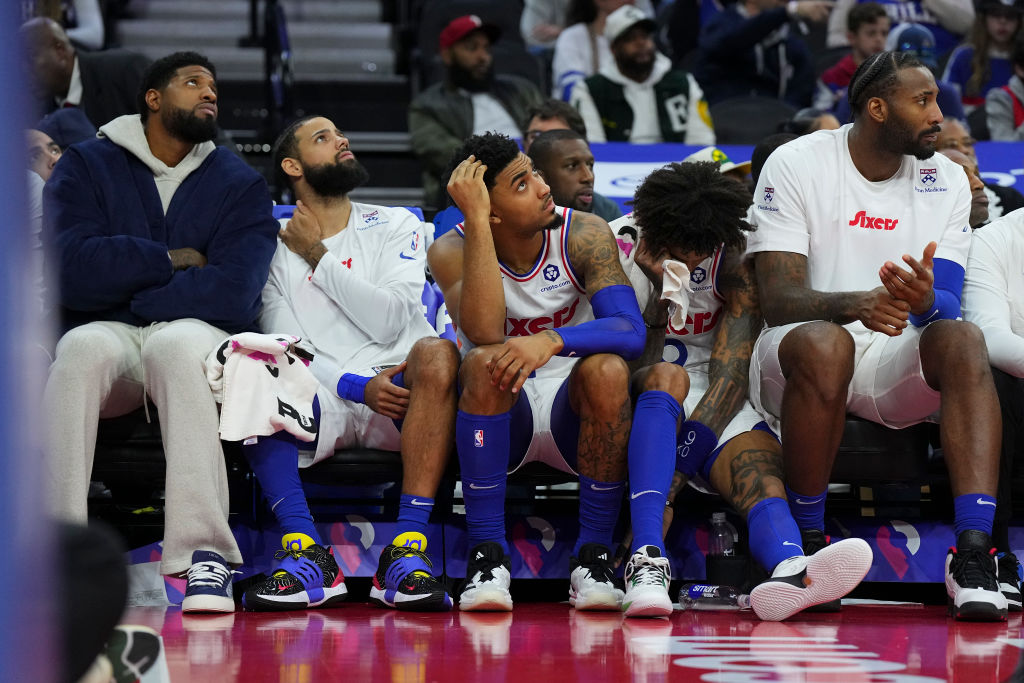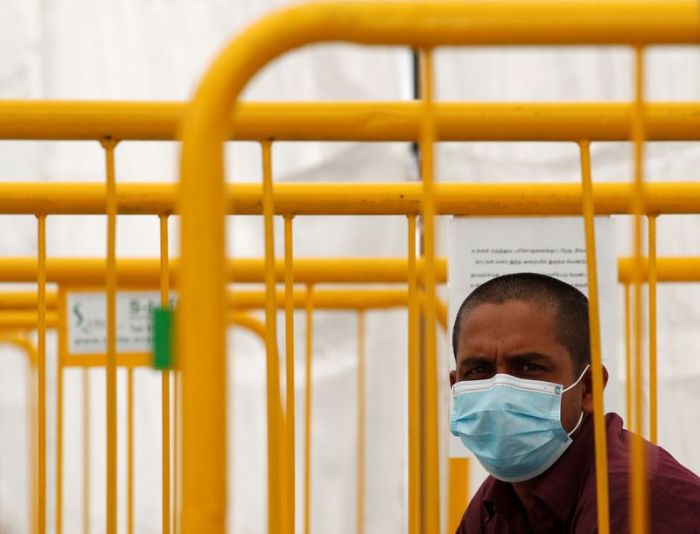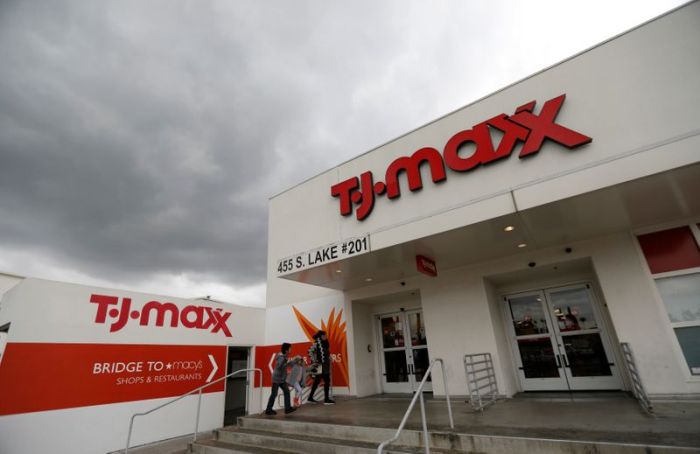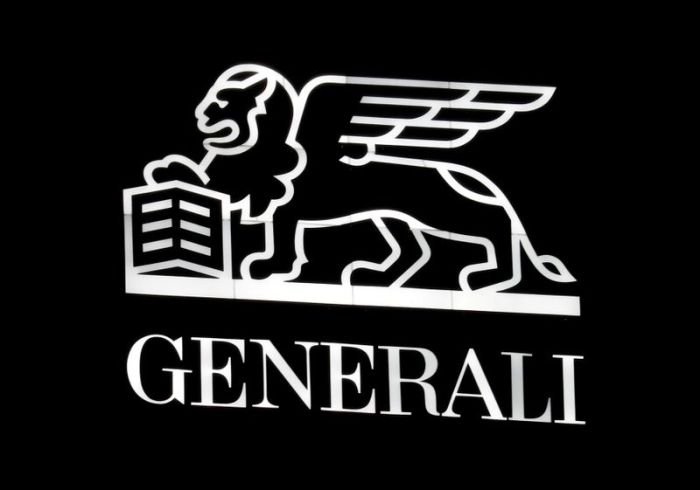(Reuters) – Wall Street ended lower on Thursday, a day after hitting two-month highs, on a fresh wave of China-U.S. tensions that raised doubts about the trade deal reached early this year between the world’s two largest economies.
President Donald Trump said the United States would react strongly if China imposes national security laws for Hong Kong in response to last year’s often violent pro-democracy protests.
Earlier, Secretary of State Mike Pompeo criticized Beijing’s handling of the coronavirus outbreak, while a Chinese official said the country will not flinch from any escalation in tensions.
“It seems like China is going to be used as a punching bag for the upcoming elections,” said Bob Shea, CEO and co-chief investment officer at TrimTabs Asset Management in New York.
“The White House has resolved to itself that it is more effective to swing at China than to salvage what was going to already be a watered-down Phase 1 trade deal. You don’t score any points for that,” Shea said.
The S&P 500 has surged over 30% from its March low, but it remains down about 13% from its Feb. 19 record high. Almost half of S&P 500 stocks are down 20% or more since Feb. 19, underscoring how uneven the recovery has been.
The Nasdaq is about 5% below its February record high, fueled in recent weeks by gains in Microsoft <MSFT.O>, Amazon.com <AMZN.O> and other technology heavyweights that many investors expect to emerge from the crisis stronger than smaller rivals.
Amazon fell 2.05% on Thursday after touching a record intraday high earlier in the day.
The Dow Jones Industrial Average <.DJI> fell 0.41% to end at 24,474.12 points, while the S&P 500 <.SPX> lost 0.78% to 2,948.51. The Nasdaq Composite <.IXIC> dropped 0.97%, to 9,284.88.
The majority of the 11 S&P sector indexes declined, with energy <.SPNY>, utilities <.SPLRCU>, materials <.SPLRCM> consumer staples <.SPLRCS>, and technology <.SPLRCT> each down 1% or more.
Best Buy Co Inc <BBY.N> fell 4.4% after the electronics retailer reported a 5.3% drop in quarterly same-store sales due to the virus. L Brands Inc <LB.N> surged 18% despite posting worse-than-expected quarterly results but said it will scale down its struggling Victoria’s Secret unit
Discount chain owner TJX <TJX.N> jumped nearly 7% to a more than two-month high after it flagged strong sales at its stores that have reopened after lockdowns.
Volume on U.S. exchanges was 10.1 billion shares, compared to the 11.3 billion average for the last 20 trading days.
Declining issues outnumbered advancing ones on the NYSE by a 1.00-to-1 ratio; on Nasdaq, a 1.40-to-1 ratio favored decliners.
The S&P 500 posted five new 52-week highs and no new lows; the Nasdaq Composite recorded 53 new highs and nine new lows.
(Reporting by Noel Randewich in Oakland, California; Additional reporting by Stephen Culp in New York, Pawel Goraj in Gdansk, and Ambar Warrick and Medha Singh in Bengaluru; Editing by Leslie Adler)

